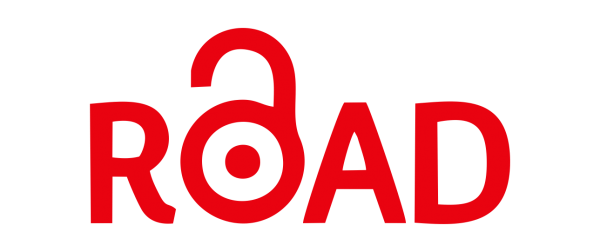Abstract
The fast and unprecedented urban growth process may violate cities' responsibilities by causing an urban heat island (UHI) and increasing the public's risk of heat-related illnesses due to vegetative area reduction and urban area inclination. The Bangkok Metropolitan Area (BMA)'s variations in Land Use Land Cover (LULC), Land Surface Temperature (LST), UHI, and several geospatial indicators, as well as the daytime and nighttime LST, are the main subjects of the study. Between 2015 and 2021, the highest Daytime LST (DLST) rose consistently from 36.77°C to 38.14°C, then slightly decreased to 37.22°C in 2023. There is a general increase in the maximum Surface Urban Heat Island (SUHI) intensity from 1.112 (2015) to 1.162 (2021), and then a minor decrease to 1.157 (2023). With the highest values circling 11.0 and the lowest around 7.32, UTFVI levels stayed reasonable between 2015 and 2018. Nonetheless, there has been a discernible increase in high-heat zones since 2019, with peak UTFVI values continuously exceeding 11.0 and rising to 12.19 by 2023. SAVI readings over the observed time vary from a low of roughly -0.088 to a high of 0.398. Consistent urban expansion is suggested by the significant increase in the maximum NDBI values over the nine years, especially from 2015 (0.057) to 2021 (0.081). To lower the risks and offer practical answers, the city planners and officials implement sustainable urban development and urban resilience by adopting sustainable urban design techniques, such as incorporating green infrastructure, preserving vegetation-rich regions, and putting heat-mitigation techniques like rooftop gardens, urban parks, and permeable surfaces into practice, is crucial to overcoming these obstacles.
Recommended Citation
Nizam, Abdul Maulud Khairul; Noor, Muhammad; and Iqbal, Zafar
(2025)
"Surface Urban Heat Island Effects Analysis in the Most Populated City in Thailand: Towards Sustainable Urban Development,"
AUIQ Technical Engineering Science: Vol. 2:
Iss.
1, Article 4.
DOI: https://doi.org/10.70645/3078-3437.1023












Follow us: